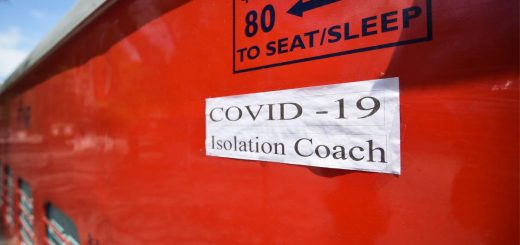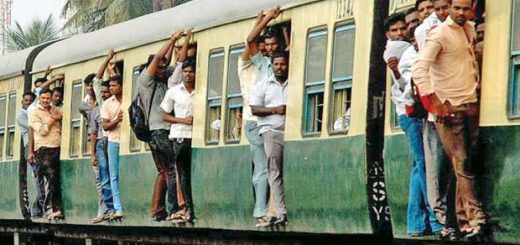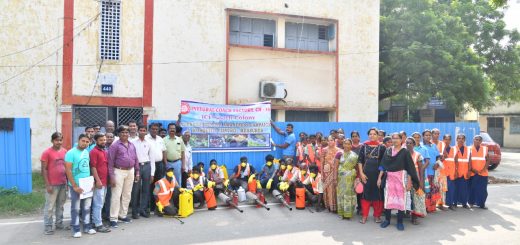Train Collision Prevention is the need of the hour
Train Collision Prevention came into focus owing to the unfortunate incident in Odisha. A train accident that led to the death of over 280 people has now given birth to a question that seems all more important now.
What is it? How to go about Train Collision Prevention. Loss of life and injuries to several people was due to the collision of two trains in Odisha.
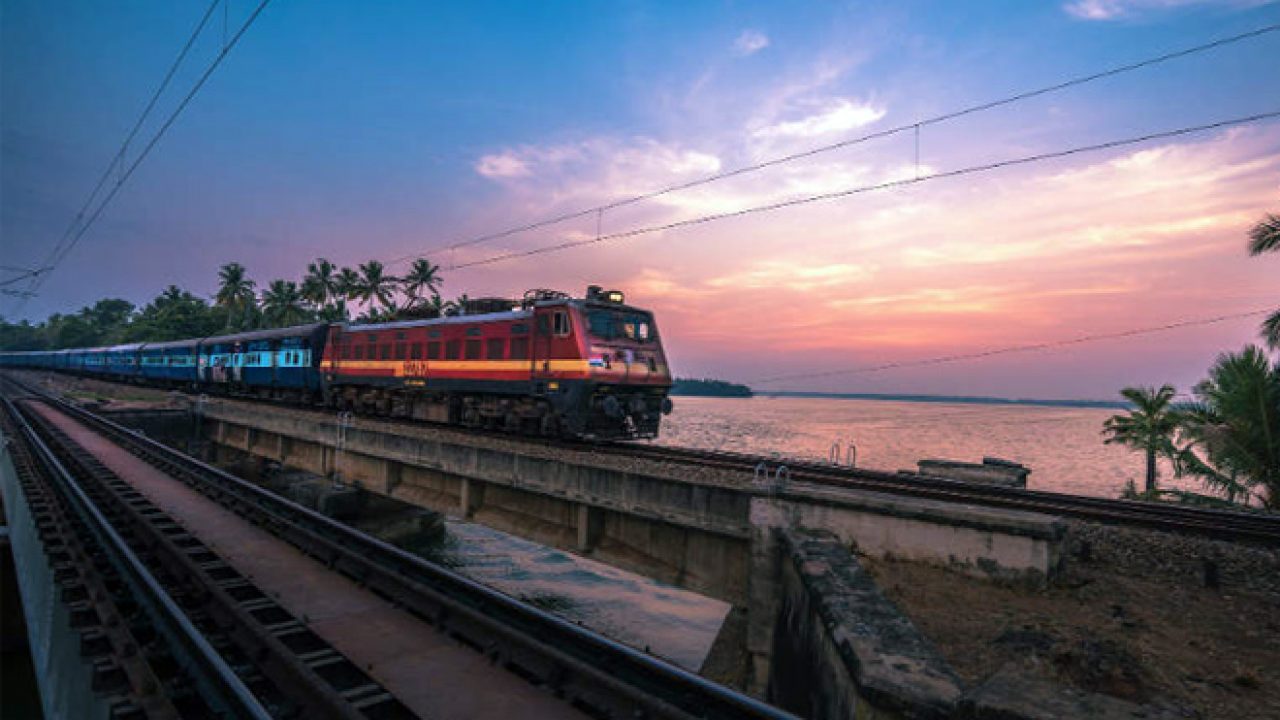 There is a need to keep our railway tracks safer, but the question is how to go about it. A few have pointed out that Automatic Train Protection System (ATP) could have done something to ensure that train collision prevention took place.
There is a need to keep our railway tracks safer, but the question is how to go about it. A few have pointed out that Automatic Train Protection System (ATP) could have done something to ensure that train collision prevention took place.
ATP has a name – Kavach, had this system been active on the route (where the accident took place), the unfortunate event could have been prevented from unfolding, certain sections had opined.
Various points of view appear to be in vogue. Train collision prevention could not have taken place even if the ATP was active on the route, say many others.
A few seem to be in tandem with this view, having Kavach in place would enable us to run over 105 trains on a single route, says a former railway official.
Also read – IHM Chennai is ranked No 1 in the country
This system designed in India is said to be high in efficiency when compared to foreign systems like ETCS (European Train Control System).
ETCS can help run 95 trains on a single route while the indigenous system can help run 105 trains on a single route, say sources.
Kavach was said to be developed by Research Design and Standards Organization (RDSO) in association with three Indian vendors.
The system designed in India has a lot of features like auto whistling at level-crossings, collision avoidance by direct loco-to-loco communication and so on.
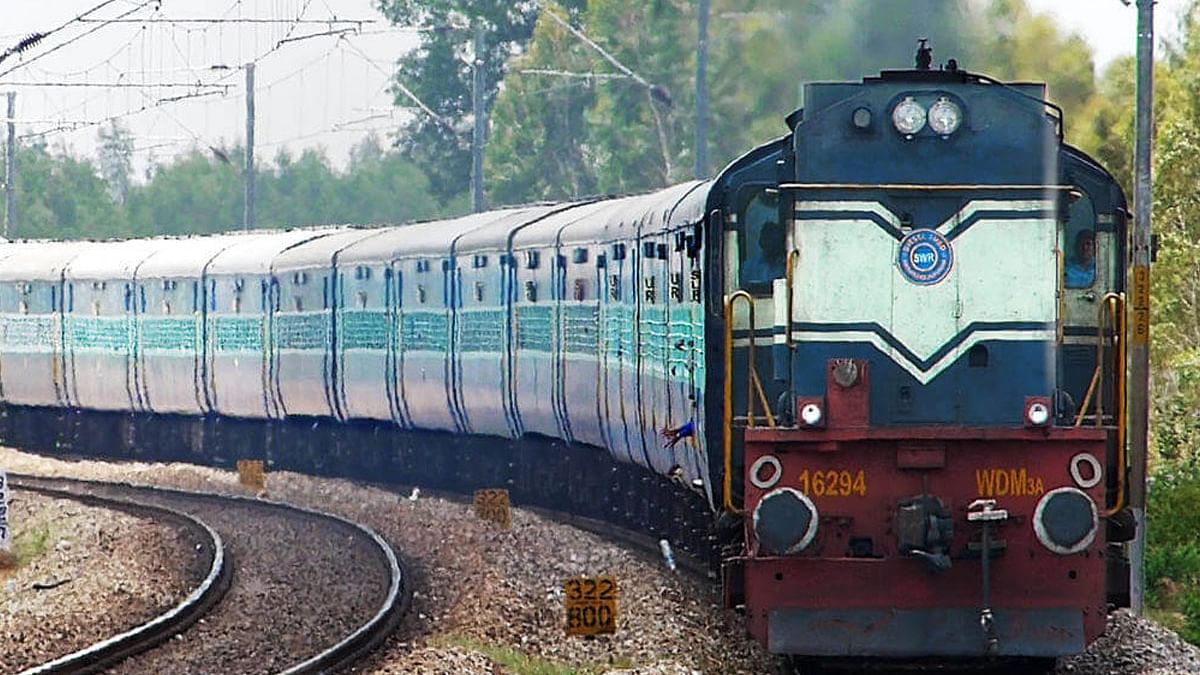 What about its implementation? During the development phase, it was put into place in the route Wadi – Vikarabad – Sanath Nagar and Vikarabad – Bidar which covers 25 stations and goes for a length of 264 kilometers.
What about its implementation? During the development phase, it was put into place in the route Wadi – Vikarabad – Sanath Nagar and Vikarabad – Bidar which covers 25 stations and goes for a length of 264 kilometers.
This system was further said to have been extended by 936 kilometres taking the cumulative deployment of Kavach to 1200 kilometres, say sources.
Sources say the system is planned to be put in place on another two well-known New Delhi – Howrah and New Delhi – Mumbai. The target to complete the installation is said to be March 2024.
A trial was also said to have been conducted in connection with the Kavach system. A head-on collision situation was created where two locomotives were moving towards each other.
The system put into place the automatic braking system which halted the engines about 380 metres apart. All these seem impressive.
But again the same question remains vibrant. What about the implementation of Kavach? Things do not seem to have moved as per the expectations in this regard.
The route where this accident took place also had no system in vogue. Many others say the system was actually developed in 2011-12 as Train Collision Avoidance System (TCAS) which was later given a new name Kavach.
India has a rail route of 68,000 kilometres and over 13,000 trains run on them. Kavach is said to be only on 150 trains.
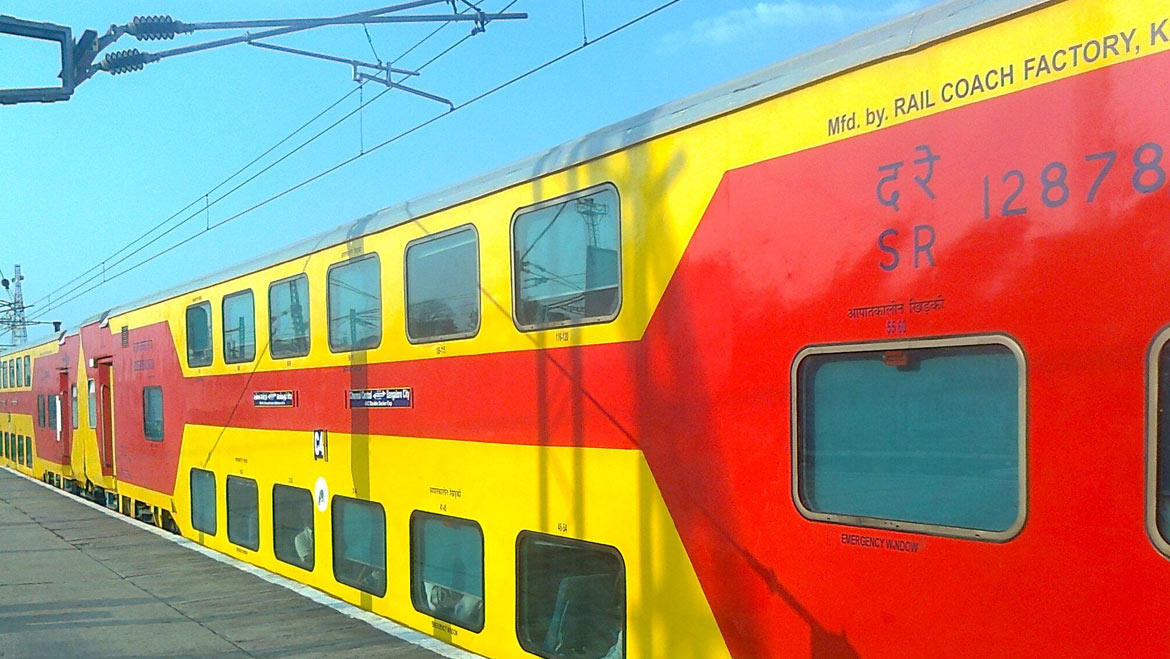 The implementation of safety systems appears to be moving at a slow pace. This has to change if the damages to physical properties are to be prevented, and injuries and loss of life are to be avoided.
The implementation of safety systems appears to be moving at a slow pace. This has to change if the damages to physical properties are to be prevented, and injuries and loss of life are to be avoided.
Train collision prevention is also about safety which must of paramount importance. When safety takes a prime place, many are likely to come forward to opt this mode of transport.
It is interesting to note that railways has a very prominent role to play as far as India is concerned. For, various sources point that about 23 to 24 million people use trains per day.
Also, over 100 to 200 million tons of freight is moved through railways in India per day, as per various estimates. This only means one things, railways in India is of no less importance, this again goes to say, safety must take a front seat, methods to ensure train collision prevention must be implemented.


